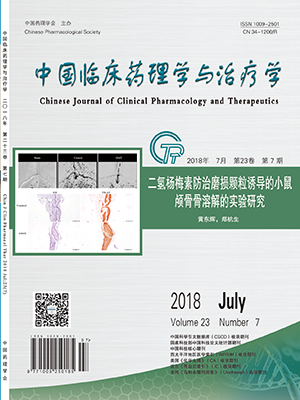AIM: To investigate the changes of Sonic Hedgehog signaling pathway in the stomach mucosa of rats in the formation process of gastric precancerous lesions. METHODS: Seventy-two suckling rats in half genders were randomly and equally divided into normal group and model group. The rats in the model group were given 0.1 mL MNNG at the dosage of 800 mg/L by gavage per day for 10 days, while the rats in the normal group were given normal saline. Twelve rats in each group were sacrificed at the end of the 10th, 22th and 34th week, respectively. Histopathologic changes of the gastric mucosa were observed by HE staining; the levels of Shh, Ptch1, Smo, Gli1, Gli2, Gli3, SuFu, CyclinD1, CyclinE1, c-Myc and β-actin mRNA in the gastric mucosa were determined by Realtime-PCR; the expressions of Shh, Ptch1, Smo, Gli1, SuFu, CyclinD1, CyclinE1, c-Myc, p-c-Myc protein were detected by Western Blot. RESULTS:With the development of the atrophy and dysplasia of gastric mucosa, the levels of Shh, Smo, Gli1, CyclinD1, CyclinE1 and c-Myc mRNA increased and those of Ptch1 and SuFu mRNA decreased; the expressions of Shh, Smo, Gli1, CyclinD1, CyclinE1, p-c-Myc protein showed an increase trend while the expressions of Ptch1 and SuFu protein decreased. CONCLUSION: Shh signaling is activated in the formation process of gastric precancerous lesions, which indicates Shh signaling pathway participates in the development and progression of gastric precancerous lesions.


